Description
A FIRST COURSE IN THE FINITE ELEMENT METHOD provides a simple, basic approach to the course material that can be understood by both undergraduate and graduate students without the usual prerequisites (i.e. structural analysis). The book is written primarily as a basic learning tool for the undergraduate student in civil and mechanical engineering whose main interest is in stress analysis and heat transfer. The text is geared toward those who want to apply the finite element method as a tool to solve practical physical problems.
The finite element method is a numerical method for solving problems of engineering and mathematical physics. Typical problem areas of interest in engineering and mathematical physics that are solvable by use of the finite element method include structural analysis, heat transfer, fluid flow, mass transport, and electromagnetic potential.
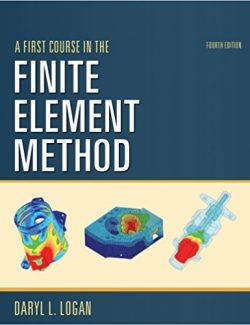
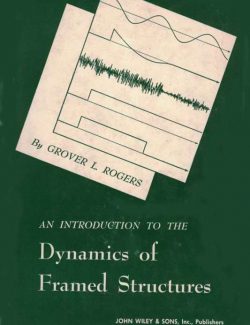


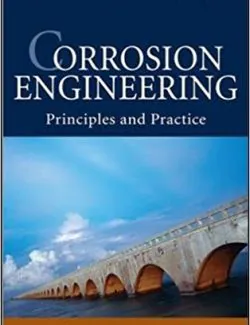
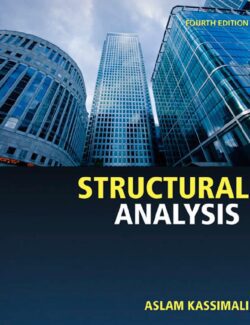

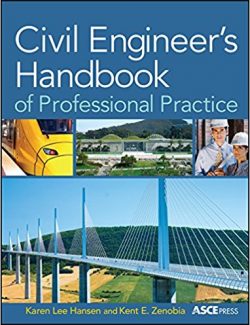
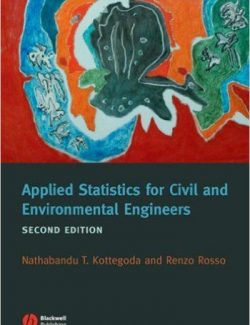



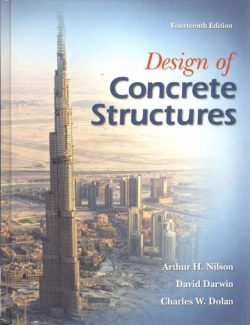
Leave us a comment
No Comments